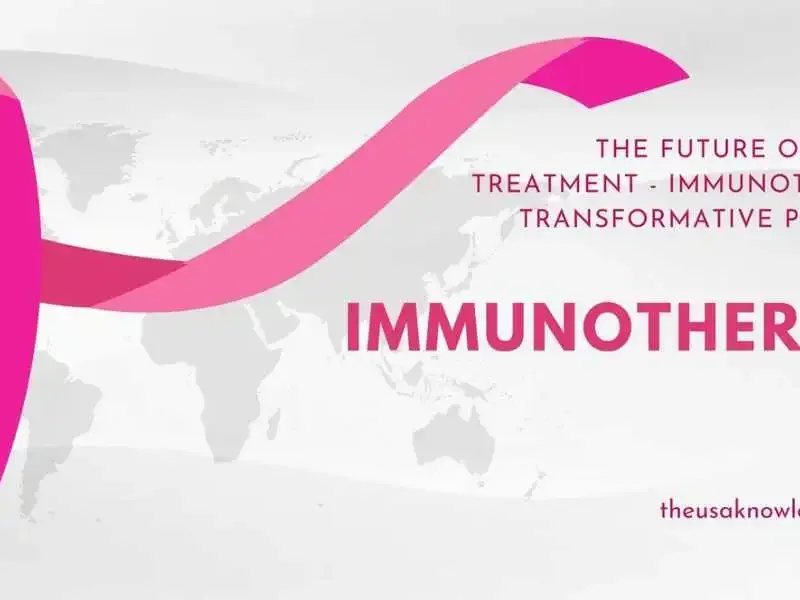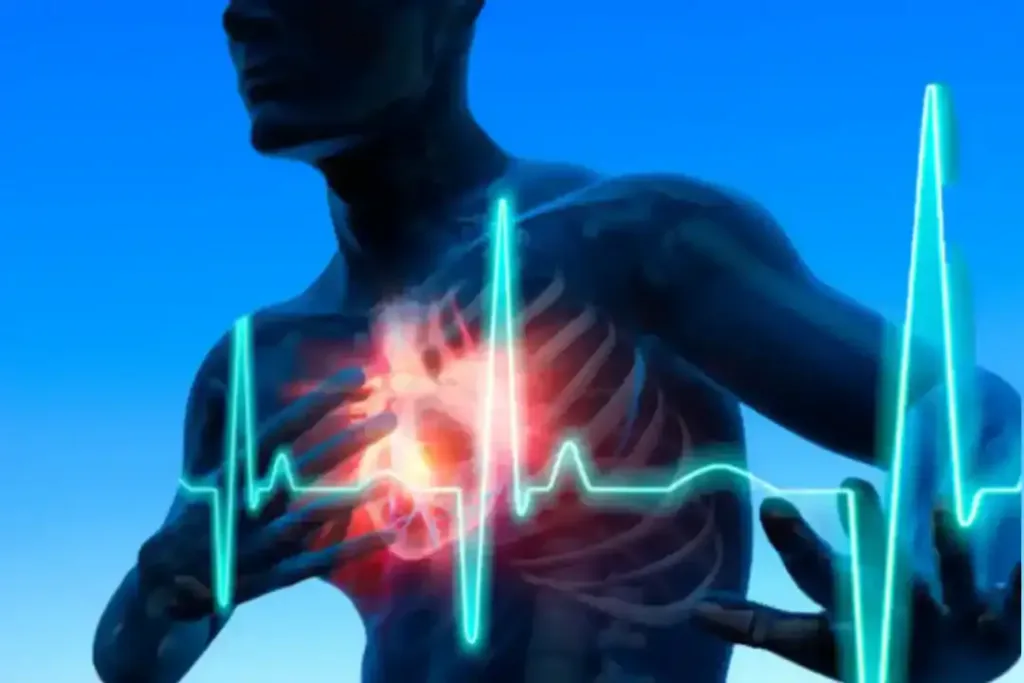
Cardiovascular disease is a big and continuously growing health concern in the USA and all around the world. Each year around 17.9 million human population die from cardiovascular diseases, this make it worlds leading cause of death. Up until now, there has been no proper cure for this disease, but the risk can be minimized through various treatments. In this blog post, we will see some of the most common diseases related to cardiovascular health and their primary treatments.
Cardiovascular Disease is basically affected heart and their circulatory systems. Though there is no proper medication to kill this disease permanently, But, people use many treatments to minimize the risk of this disease for living a healthy life. In this blog post we will see the top common CVD’s and their available medications; this will definitely help you to protect your heart health and your loved ones heart health.
The most common cardiovascular diseases.
- Coronary Artery Disease
- Aortic Stenosis
- Mitral Stenosis
- Pulmonary Stenosis
- Tetralogy of Fallot
Coronary Artery Disease
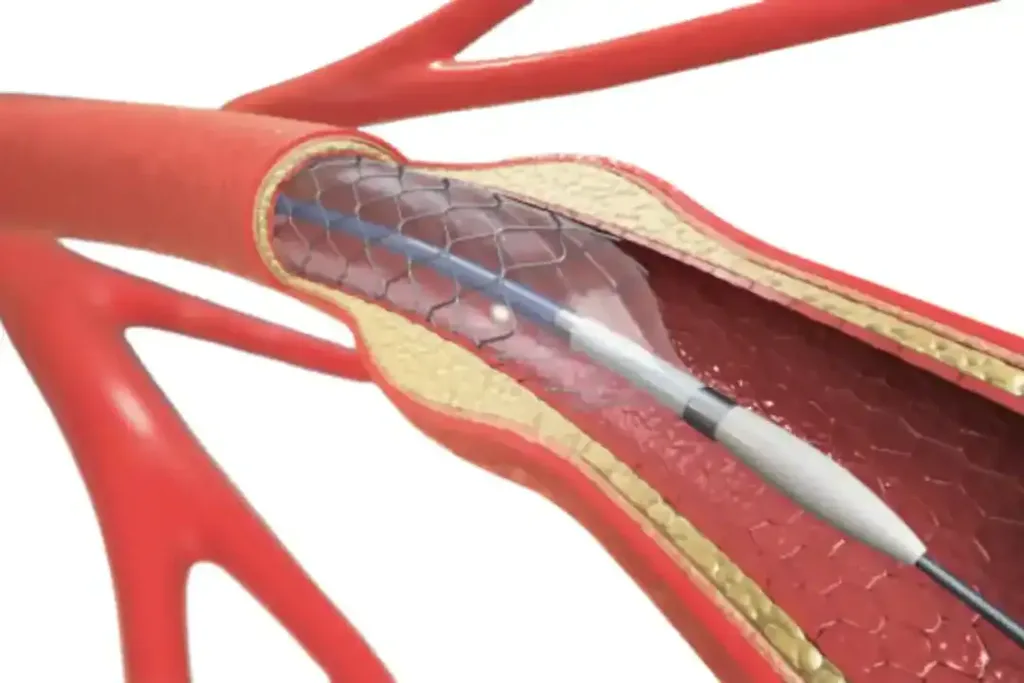
In market various kinds of treatments available for coronary artery disease (CAD), such as Taking healthy dietary substances, change to healthy lifestyle, performing regular exercise, say no to alcohol & smoking’s, and reducing stress. Basically, most doctors prescribed beta blockers or statins to reduce the cholesterol and blood pressures. If your healthy routine does not work, then bypass surgery and angioplasty is necessary.
In Angioplasty your blocked artery widened by using balloon while in bypass surgery a new section of artery is grafted around the blocked one. Some other CVDs are Heart Failure, Peripheral arterial disease, stroke, rheumatic fever, and cardiomyopathy. In peripheral arterial disease arteries getting to narrow due to plaque formation inside arteries which blocks the flow of blood and stops the blood supply to other extremities.
In heart failure, the heart fails to pump required amount of blood throughout the body. People will get Stroke if there is some interruption of blood supply to brain. An inflammatory disease to heart valves which causes them to leak is known as Rheumatic fever. Cardiomyopathy weakened your heart functions and cause disease of the heart muscles.
Medications to cardiovascular diseases depending on the type of disease, but the most common one is modifications from unhealthy to healthy lifestyle, adopting healthy diets, regular exercises, meditations, Yoga’s and by avoiding alcohol & smoking’s. To avoid future complications regarding heart health always seek for risk factors and their appropriate treatments.
Aortic Stenosis
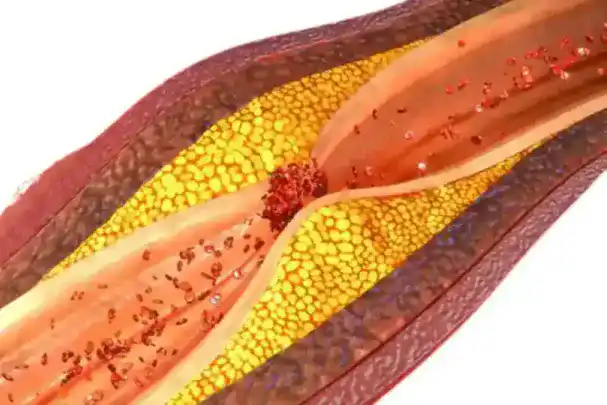
Aortic Stenosis caused by deposition of calcium on the valve of leaflets, and over time these calcium deposits cause the valve to narrow, this can cause infections, congenital defects, it is more common to old age peoples, but this can occur at any age.
Sometimes surgery may recommend replacing the narrowed valve with an artificial valve to cure Aortic stenosis. It’s always important to take advice from your consultant or doctor if you are experiencing any kind of symptoms related to aortic stenosis. You would face serious medical conditions if you ignored any kind of symptoms.
In heart disease the very common disease is the CAD (coronary artery disease) and CHF (Congestive heart failure). The reason behind CAD is artery blockage due to the fat formation & CHF occurs because of the failure in blood pumping throughout the body.
To minimize the risk of these two commons but most dangerous diseases doctors always prescribed for beta blockers and ACE inhibitors, in rare cases coronary artery bypass surgery CABG is required.
Mitral Stenosis
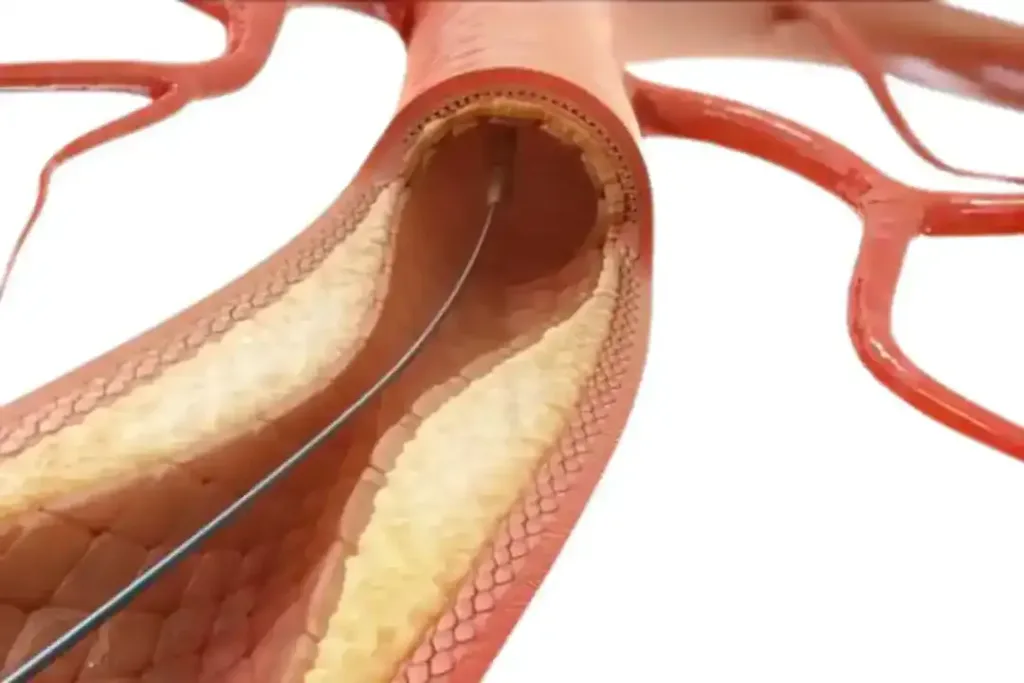
The diagnosis is made with an Echocardiogram, it’s always useful to treat the Mitral Stenosis risks, basically it is an ultrasound of the heart, in Mitral Stenosis useful treatments like diuretics or anticoagulants to minimize the fluid buildups in lungs. In rare cases an artificial valve is beneficial to cure this disease.
Losing weight, Regular Exercise, taking healthy diets can help to manage the Mitral stenosis. Regular checkup is always helpful to know the status of your heart health moreover stress management techniques are also useful to reduce the risk of cardiovascular diseases. Also try to maintain level of diabetes, cholesterol, blood pressure to prevent the complications related to cardiovascular diseases. Also getting emotional support is definitely very helpful to manage cardiovascular diseases.
Pulmonary Stenosis
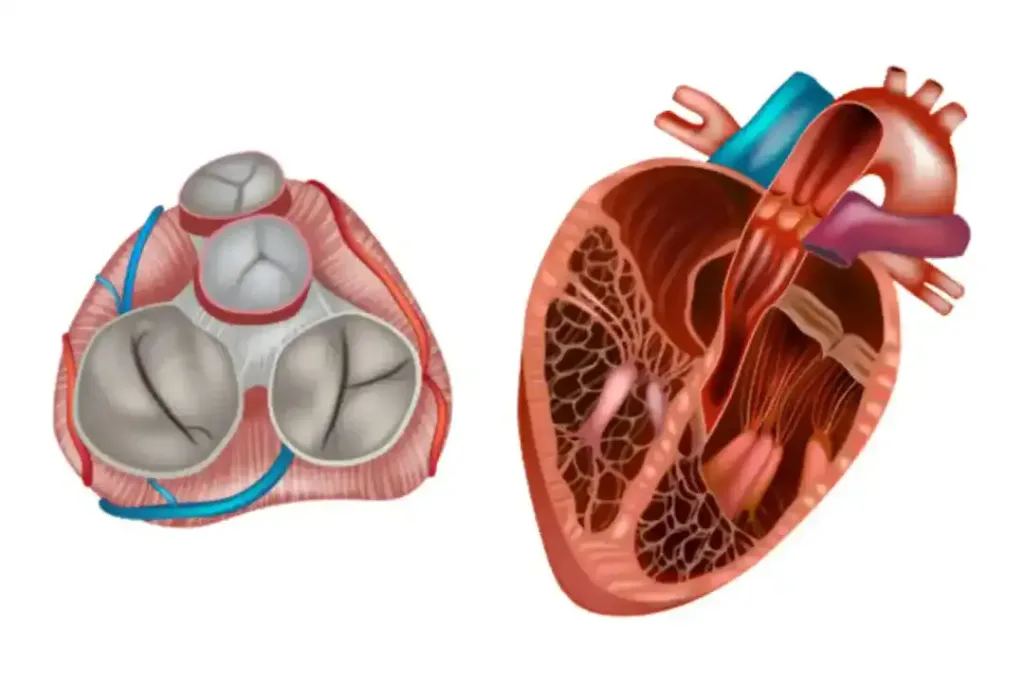
For pulmonary stenosis the treatment always depends on its severity and causes of the disease. For early primary symptoms medications, healthy diets are useful to treat but for severe cases surgery recommended by experts. Basically, the shortness in breath is enough to recognize the symptoms. For more extreme cases treatments like ACE inhibitors is provided by experts to relax the blood vessels and reduce the blood pressures in the pulmonary arteries. Surgery is secondary option which includes widening of pulmonary valve for better blood flow.
Always speak with your consultant regarding any symptoms related with pulmonary stenosis so that the diagnosis and necessary medications can be planned to avoid the development of this disease. This is very true and helpful to recognize other underlaying cardiovascular diseases that are present in the heart. Pulmonary Stenosis can be developed from birth, or it can be acquired later in any age.
Tetralogy of Fallot
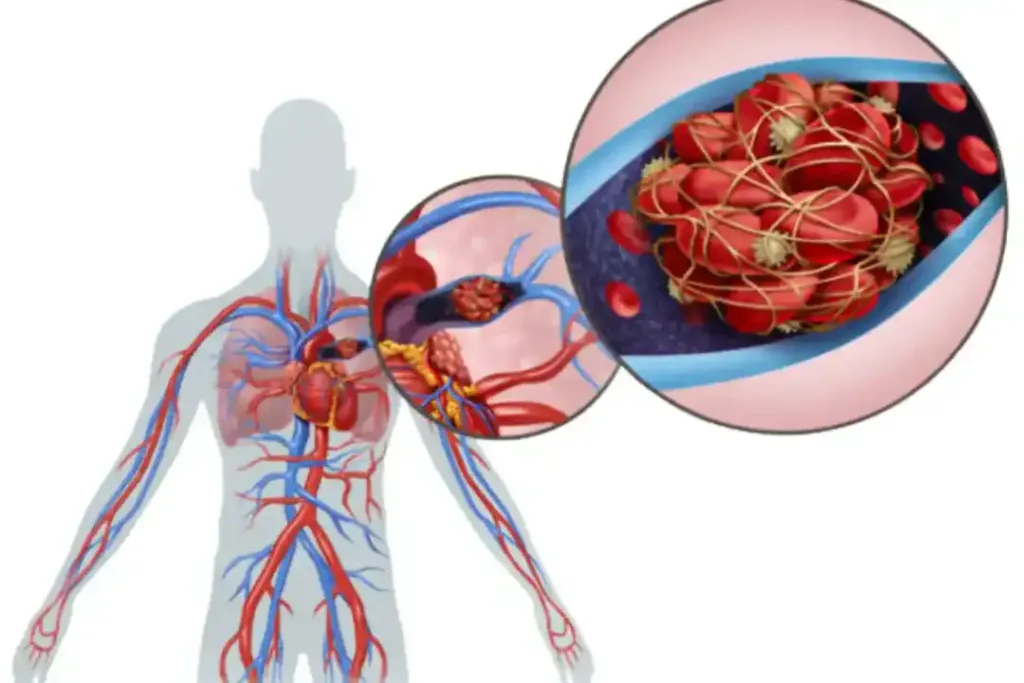
Tetralogy of Fallot is basically a congenital heart disease which includes the blood flow interruption from right ventricles to the lungs by the Pulmonary stenosis. This caused a sudden decrease in the oxygen level throughout the body, and it is represented by the bluish colour of the skin due the oxygen shortage inside the body. The condition of overriding aorta is caused by the positioning of the aorta is above the left and right ventricles instead of just the left ventricle.
As a result, both oxygen rich and oxygen poor blood mix and be transferred to all organs in the body. When there is a hole between the two lower chamber of the heart, which allows poor oxygenated blood to pass from right to left side of the heart is called Ventricular septal defect. And finally, the expansion of the right ventricle wall is called hypertrophy.
The four factors in tetralogy Fallot are mainly responsible for various symptoms like bluish skin colour, fingers & toes clubbing’s, fatigue, and chest pain. In extreme conditions tetralogy of Fallot causes heart failure arrhythmias and even sudden death.
A patient with Tetralogy Fallot may require lifelong follow-up from his experts or doctors even after a successful surgery to ensure that the disease does not worsen over time.
In conclusion, the Tetralogy of Fallot is very dangerous heart disease that affect the overall structure of your heart and the way of blood flows.
Overall the cardiovascular disease is a very difficult health condition that affects millions of individuals on this planet. Till now there is no perfect cure for this serious disease, but with help of some medications and changes in lifestyle it can be managed. Regular checkups from heart professionals are very useful to diagnose the potential risks early for successful treatments.
Frequently Asked Questions
1. What are the common types of CVD?
The most known common diseases are Stroke, Heart Failure, Coronary Artery Disease, Hypertension, and atrial fibrillation.
2. What are the Major Risk Factors of CVD?
High Blood Pressure, Obesity, High Cholesterol, diabetes, Physical inactiveness.
3. What are the Symptoms of Cardiovascular Diseases?
The symptoms are varied, and it depends on type of severity but shortness in breath, chest pain, discomfort and fatigue are common types of symptoms.
4. How can cardiovascular disease be Prevented?
To prevent this, you must adopt a healthy lifestyle and a healthy diet, you must quit smoking and alcohol, take regular heart checkups, and control your diabetes and cholesterol level.
5. How is Cardiovascular Disease Diagnosed?
Diagnosis of CVD involves lots of tests like Blood test, ECG, your historical evidence of heart health, MRI, and CT scan.
6. What are the Treatments for CVD?
Angioplasty and Bypass Surgery are two famous and most recommended by heart health experts.



